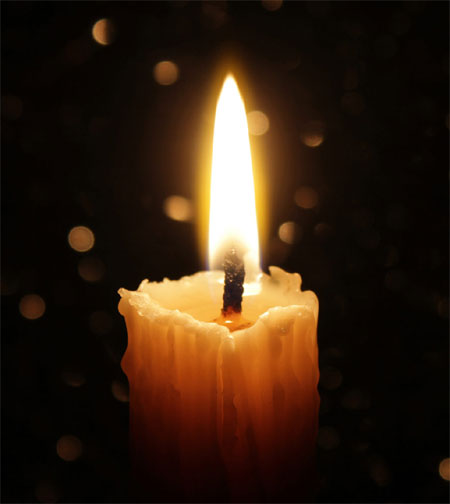-
Christmas 2022
Have a Merry Christmas everyone! Or a Happy Hanukkah, Jolly Las Posadas, Joyful Solstice, Cheery Yuletide, Jubilant Soyal, Colourful Kwanzaa, Festive Festivus, or whatever you choose to celebrate.
And I mean that.
This is the first Holiday Season we have been able to celebrate since 2019—and even that year had the worrying shadow of something sinister brewing in Wuhan. This year we are off the leash; there are no lockdowns, or restrictions (here, at least) and we are as free as we wish to be (or our bank accounts will allow) regarding festive gatherings, gift giving and smooching under the mistletoe. I think even 10 Downing Street could get away with a few raucous parties this season, though they might still be a bit gun-shy.
Does that mean everything is hunky-dory? Far from it. But, in a way, that is makes it even more important to celebrate. In this time of year when, as Dickens noted, “want is keenly felt,” it’s incumbent on us to celebrate abundance.
The cost of living is squeezing us all, COVID is still skulking about, the wicked prosper, the poor are downtrodden, and peace on earth suffocates under the thumb of dictators, so we need to find something to be joyful about, and the Season of Holidays provides, for all of us, an opportunity to look beyond all of that.
Hold those close you, remember those who remain only in your hearts, rejoice in what you have, and look to the future with courage, gratitude and optimism.

And don’t let the bastards get you down.